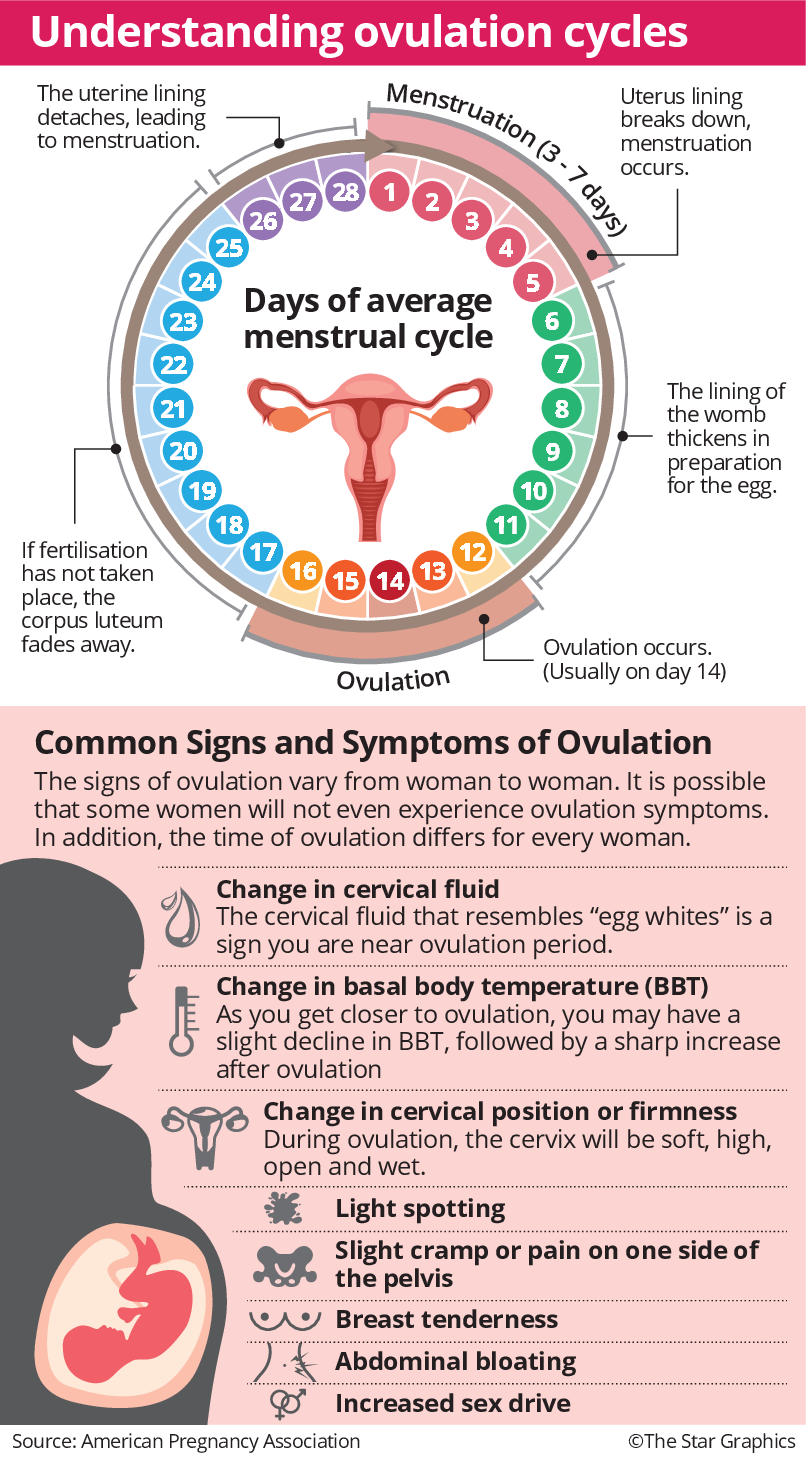Symptoms In Ovulation Period
The most uncomfortable ovulation symptom for some women is ovulation pain or mittelschmerz a german word meaning mid mittel pain schmerz.
Symptoms in ovulation period. These include in no particular order. Many women will experience those ovulation symptoms for up to five days before ovulation as well as the day of pollio says and they may last for a day after ovulation. Ovulation pain or mittelschmerz. It occurs when an egg is released from your ovary.
Ovulation timing also differs. If the pain becomes intolerable it is always recommended to consult a gynecologist as there might be problems in the female. Signs and symptoms of ovulation. Some women ovulate like clockwork on the same day of their cycle every month and other women may ovulate on varying days each month.
Ovulation pain and pms symptoms might be common during ovulation. Ovulation symptoms aren t difficult to notice. In fact for 70 of women the fertile window does not fall within the days identified by clinical guidelines. While for some women the period of ovulation might be normal some might face quite rough challenges.
Before and during ovulation hormonal shifts can affect the entire body prompting ovulation symptoms. What are the symptoms of ovulation. Pain on one side of the body late in the cycle especially if a period is late could be a sign of an ectopic pregnancy. A normal period can be as short as 21 days or as long as 35 days.
In a textbook 28 day menstrual cycle women ovulate on day 14. Ovulation is a part of your menstrual cycle. This is why the timing of ovulation can be so confusing. But of course not all women have textbook cycles.
These can be a powerful way to know when you re ovulating. There are several ovulation symptoms you might notice. Ovulation occurs at the end of a long complex chain of hormonal events that begins during the previous cycle before your last period even began. There are many reasons for ovulation pain.
When do women ovulate. The average cycle length is 28 days but anything between 21 and 35 days is considered normal. The signs of ovulation vary from woman to woman and it s possible some women will not experience any symptoms. Understanding how ovulation happens and when it takes place can help you achieve or prevent pregnancy.
However if your cycles are commonly shorter or longer than this you may have an ovulation problem. Your menstrual cycle begins on the first day of your period and ends on the day before your next period. It s easier to identify these when you first understand the events that occur during the menstrual cycle. Ovulation sometimes happens more than once within a one month period.
